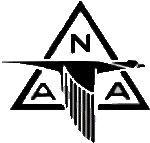Given its original design as a carrier-based, supersonic, nuclear heavy attack aircraft, the Vigilante’s main armament was carried in an unusual “linear bomb bay” between the engines in the rear fuselage, which allowed the bomb to be dropped at supersonic speeds.

